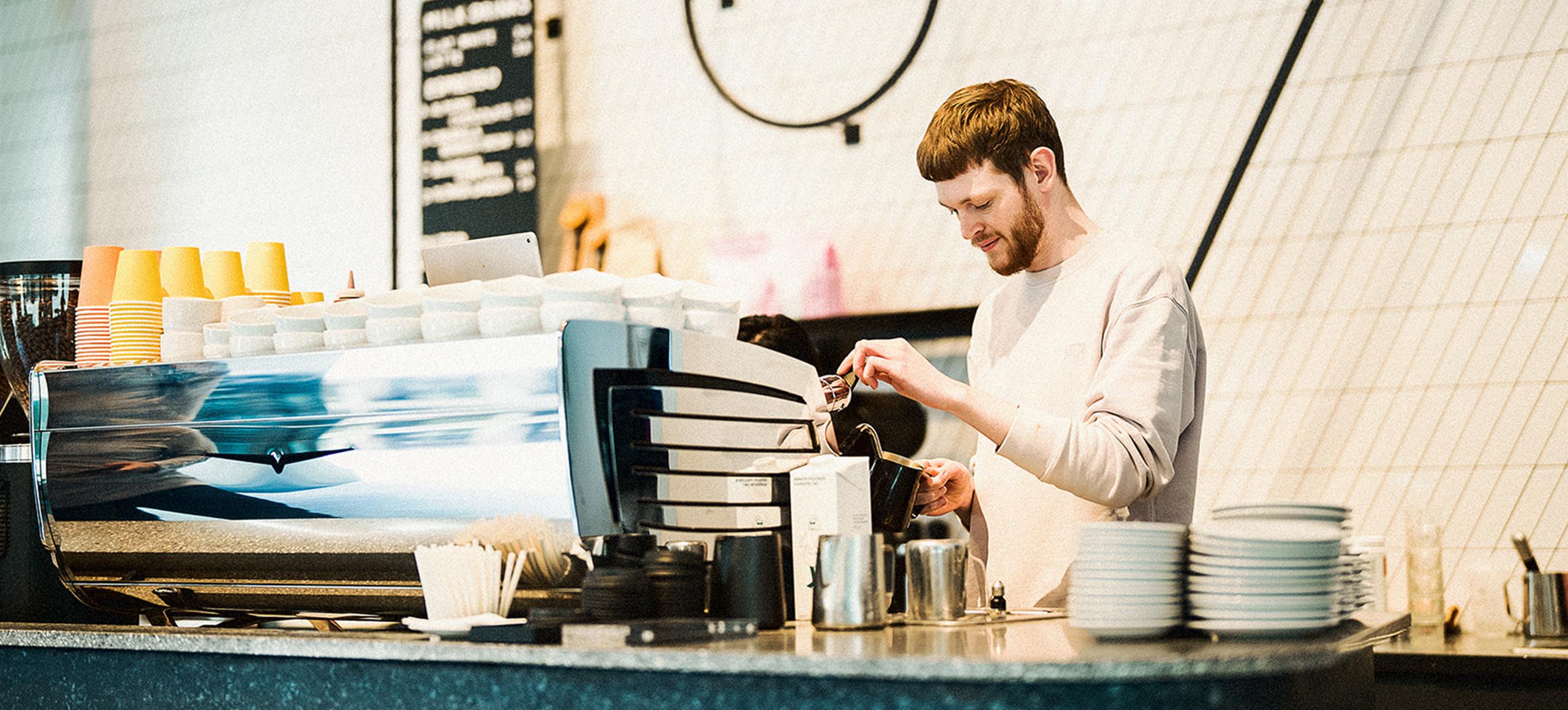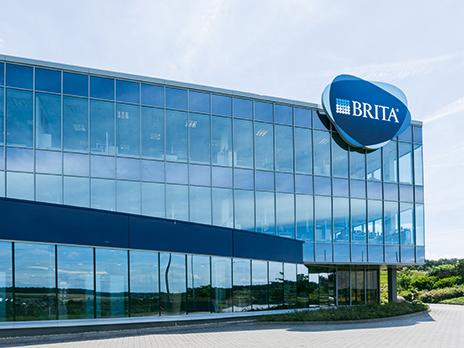
Water – nature’s solvent
Water is a truly magical substance. It’s nature’s solvent. When you consider the science behind coffee, we're looking to get the ideal flavour and extractions from those delicious beans that have been roasted in a way that helps coffee live its best life through a beverage. The way to do that is to draw off those flavours through the water.
Water can literally make or break a coffee, so let’s take a look at the details you need to get in place before you can make tweaks according to taste.

Recipe for success
Chlorine in the UK’s water supply has a very potent aroma and taste that’s detectable even at very low levels, and even naturally occurring organic compounds in water can affect its taste. The best coffee deserves water purified of these substances. But what should you be looking for?
The water’s hardness should be between 50 and 175 parts per million (ppm) of total dissolved solids (TDS) per million. Of course, we all have our own personal tastes, but there is a general consensus that when the water is too hard, you'll have a dull, lifeless coffee. If the water is too soft, you’ll have an over-extraction – it's going to be too bitter. It's all about balance.
The alkalinity is the most important factor and is sometimes referred to as “buffer capacity” or “buffer capacity hydrogen carbonate”. Too high, and you won’t get those beautiful, delicious flavours; too low, and you’ll get too much acidity. Its TDS value should be between 40 and 75 parts per million, and the pH value between 6 and 8.
One of the ways we determine Total water hardness and alkalinity is by carrying out drop tests using our BRITA drop test kits. For Total hardness, you’re looking for the water in the vial to turn green with between 3 and 10 drops. For alkalinity, you want the water to turn yellow with between 2 and 4 drops.
When you get within a balanced range, then you know you're going to get a really great tasting cup of coffee.

Intelligent water filtration
At coffee competitions, it’s fascinating to see baristas use their own water or dose it with minerals. That might work for competition conditions – but in a busy high street store, you need one water that’s consistent for all your brewing methods and different roasts.
That’s where BRITA’s new PURITY C iQ water filter comes in. Designed for (and in partnership with) coffee professionals, the data-driven system is a game changer for the industry. PURITY C iQ combines a filter, a filter head, and the cloud-based BRITA iQ Portal to deliver accurate information on key performance parameters in real-time. It allows you to monitor and optimise your water’s alkalinity and hardness, and also uses activated carbon to remove chlorine and organic compounds.
To make sure you’re hitting those perfect ranges every time, and that every cup of coffee you serve will taste just right, find out more about the BRITA PURITY C iQ smart filter now.




